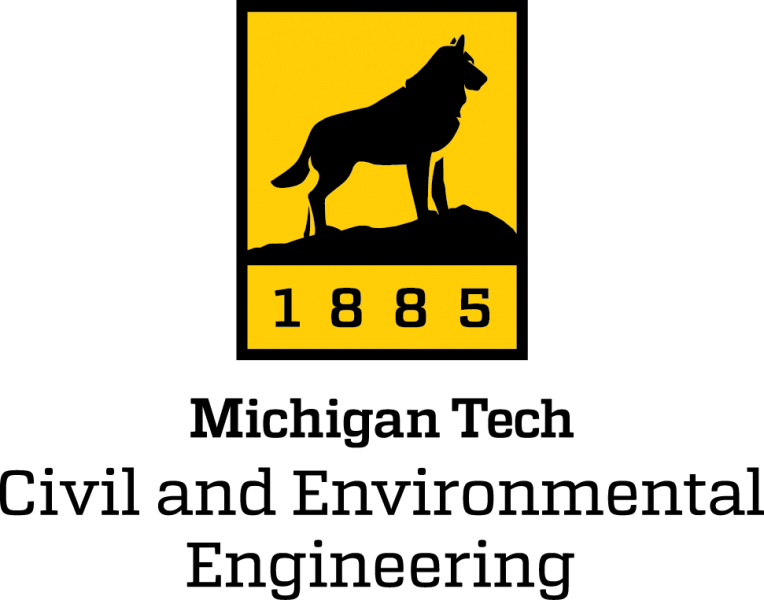


The Michigan Tech Rail Transportation Program (RTP) and the Rail Transportation Advisory Board (RTAB) are proud to announce the winners of the 2020-2021 scholarships to support students with their studies at Michigan Tech.
We had several great applications that complicated the work of our selection committee. In addition to the two scholarships funded through a generous endowment by CN Railway, RTP awarded one scholarship funded by the RTP Alum/Friends for the first time in the program’s history.
CN Railway Scholarship winners ($1,500 each) are:
- Justin Micillo, Civil and Environmental Engineering
- Stanton Schmitz, Civil and Environmental Engineering RTP
Alumni/Friends winner ($1,500) is:
- BoFa Saldana, Electrical and Computer Engineering
“I would like to thank you all for selecting me as a recipient of the 2021 Rail Transportation Program Scholarship. I was thrilled to find out that I had been picked to receive this award. I am grateful and extremely appreciative of this support. This is something that will help me complete many goals as a student here at Michigan Tech as well as in my future career in the rail industry. This scholarship gives me that much more motivation to complete these goals! Again, thank you for this generous contribution” Saldana said.
Congratulations to the winners. Browse the current and past RTP scholarship winners and RTP Scholarships. Learn how to donate to the program/scholarships.
By Pasi Lautala.







































